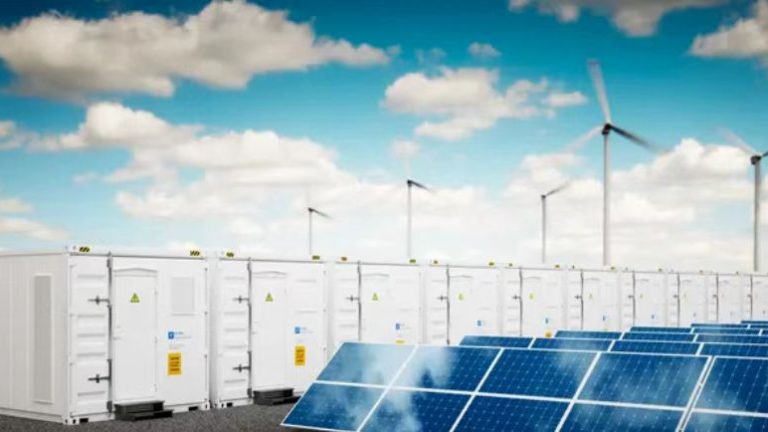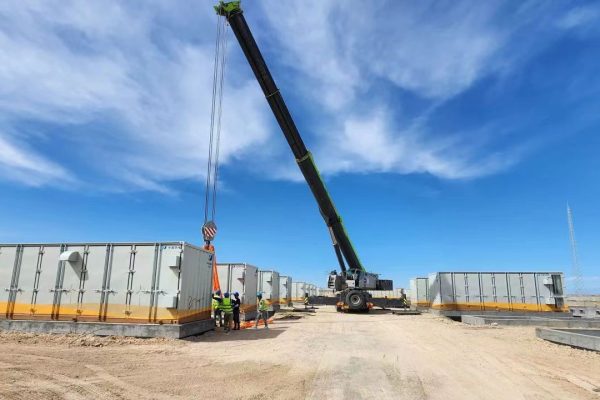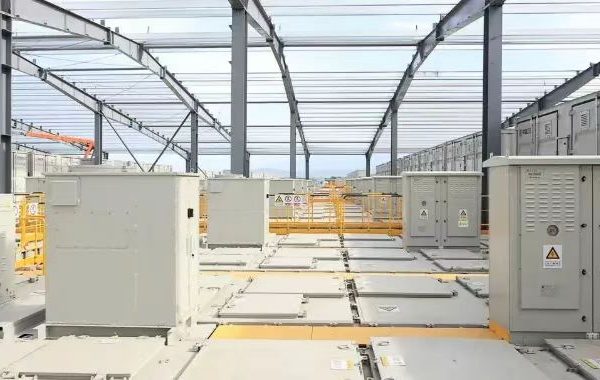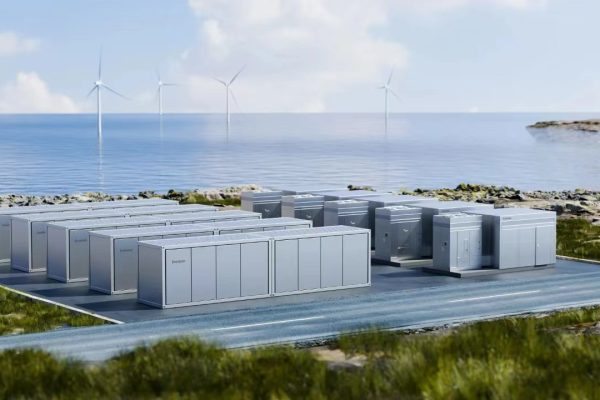How to Build Resilient Solar+Storage Systems Where the Grid Can’t Be Trusted
In many emerging markets — from Southeast Asia to Sub-Saharan Africa to parts of Latin America — the grid exists, but it’s far from reliable. Frequent outages, voltage fluctuations, or complete blackouts lasting several hours a day are common. This presents a unique challenge for installers and integrators designing PV + Energy Storage Systems (ESS) in these intermittent grid environments.
How can you ensure your solar+storage system will perform reliably, safely, and efficiently, even when the grid cannot be counted on?
In this article, we explore the key design considerations and common mistakes when building hybrid PV+ESS systems for intermittent grid regions — especially for systems in the 50kWh to 500kWh range.
1. Understand the Local Grid Pattern
Why it matters:
Not all “bad grids” are the same. Some areas suffer from scheduled blackouts (e.g., load shedding), others from random voltage drops or brownouts.
What to ask:
- How often is the grid down? (hours per day/week)
- Are outages scheduled or random?
- Does voltage swing during operation (180V to 260V AC)?
- Is the grid single-phase or three-phase?
Design Tip:
Tailor the hybrid inverter settings and system topology based on this data. For example, in load-shedding environments, priority load support is essential. In voltage-unstable regions, voltage ride-through and anti-islanding features become critical.
2. Choose Inverters with True Hybrid Capability
Mistake:
Using grid-tied inverters or solar-only systems in unstable grid scenarios.
Why it fails:
Most grid-tied inverters shut down when the grid fails. Without a hybrid inverter (or separate off-grid inverter), your solar system is effectively useless during blackouts.
What to look for:
- Grid-forming capability (acts as a local grid when utility is down)
- Fast switch-over time (<20 ms)
- Seamless solar + battery + genset support
- Built-in load priority logic
Design Tip:
Choose hybrid inverters that support off-grid mode, grid-tied mode, and generator interaction. Examples include brands like SMA STP-US, Victron, GoodWe ES/ET, or Solis RHI (check region availability and certifications).
3. Design for Multi-Source Input: Solar + Battery + Genset
In many real-world scenarios, PV alone isn’t enough to sustain essential loads during long outages — especially in cloudy seasons or during nighttime blackouts.
Solution:
Design your system to support a third power source, typically a diesel or gas generator, integrated into the inverter logic.
Design Considerations:
- Generator start/stop control via inverter
- Avoid battery-to-genset charging loops
- Sync generator voltage/frequency with inverter AC output
Bonus Tip:
In high-fuel-cost regions, prioritize battery dispatch and only use genset as a last resort (e.g., SoC <20%).
4. Right-Size the Battery for Both Energy and Power
Mistake:
Sizing batteries just based on daily energy (kWh) needs, not surge or peak power.
Why it fails:
In grid-down mode, loads such as pumps, motors, or AC units create surge power (e.g., 3–5x nominal for a few seconds). Undersized batteries may trip the inverter or overload.
Sizing Tips:
- Consider C-rate of battery: A 100kWh LFP battery at 0.5C provides 50kW — not enough for heavy startup loads.
- For commercial backup systems, design for 1C or higher if needed (or oversize battery bank).
- If budget is limited, prioritize load management and start sequencing over pure battery size.
5. Implement Smart Load Management
In volatile grid areas, it’s not just about powering everything — it’s about powering the right things at the right time.
Strategies to Consider:
- Critical load panel: Separate essential circuits (lighting, refrigeration, internet, water pumps) from non-critical ones (AC, washing machine).
- Time-of-use controls: Schedule heavy loads during high solar output.
- SoC-based triggers: Disconnect non-essential loads when battery SoC <30%.
Tools:
- Smart contactors
- PLCs or inverter-native load control
- Remote monitoring apps (especially important for rural or unmanned sites)
6. Design for Black Start and Islanding
Problem:
In some systems, the inverter can’t restart itself when the grid and solar are both offline (e.g., early morning after an overnight blackout). This is called a black start failure.
Solution:
- Include minimal standby battery capacity that remains reserved to wake up the system.
- Choose inverters with black start support.
- If using an external BMS-controlled battery, ensure the BMS wakes up on DC bus detection (not just on CAN command from inverter).
Note: Some lithium batteries (especially LFP) have sleep mode when SoC hits 0%. Ensure your design avoids total depletion.
7. Account for Seasonal Solar Variability
Mistake:
Designing the PV array size only for average solar irradiance.
Why it fails:
In tropical or monsoon regions, solar generation can drop by 40–60% during rainy seasons. Without grid or genset support, this leads to battery starvation.
Design Tip:
- Oversize PV array to 120–150% of battery daily demand.
- Use tilt angle optimization to favor weak seasons (e.g., rainy months).
- Implement energy scheduling rules during low-generation periods.
8. Use Batteries Designed for Harsh Environments
Intermittent-grid locations often come with extreme conditions: high temperature, humidity, or dusty environments.
What to prioritize:
- LFP chemistry: safer thermal profile than NMC
- IP-rated enclosures: IP54+ for outdoor use
- Integrated BMS with cell temperature, voltage, current protections
- Active cooling for systems >100kWh in hot climates
Extra Tip:
Look for batteries with certifications like IEC62619, UN38.3, and UL9540A for safety in unstable
Grid Optional, Reliability Mandatory
In many parts of the world, access to energy doesn’t mean access to reliable energy. That’s where smartly designed PV + ESS hybrid systems can change lives and power businesses — if done right.
If you’re an installer or system integrator working in regions with intermittent grid, [Your Company Name] can help. We provide:
- Pre-integrated hybrid systems
- Custom LFP battery banks from 10kWh to 1MWh
- Technical design support and system sizing
- Global shipping and remote commissioning support
Let’s build resilient power — even where the grid can’t be trusted.









